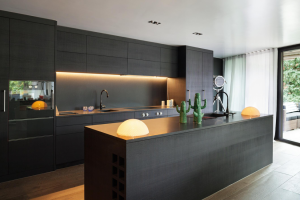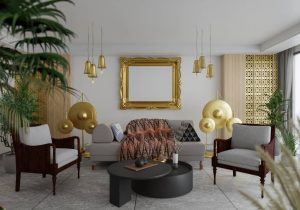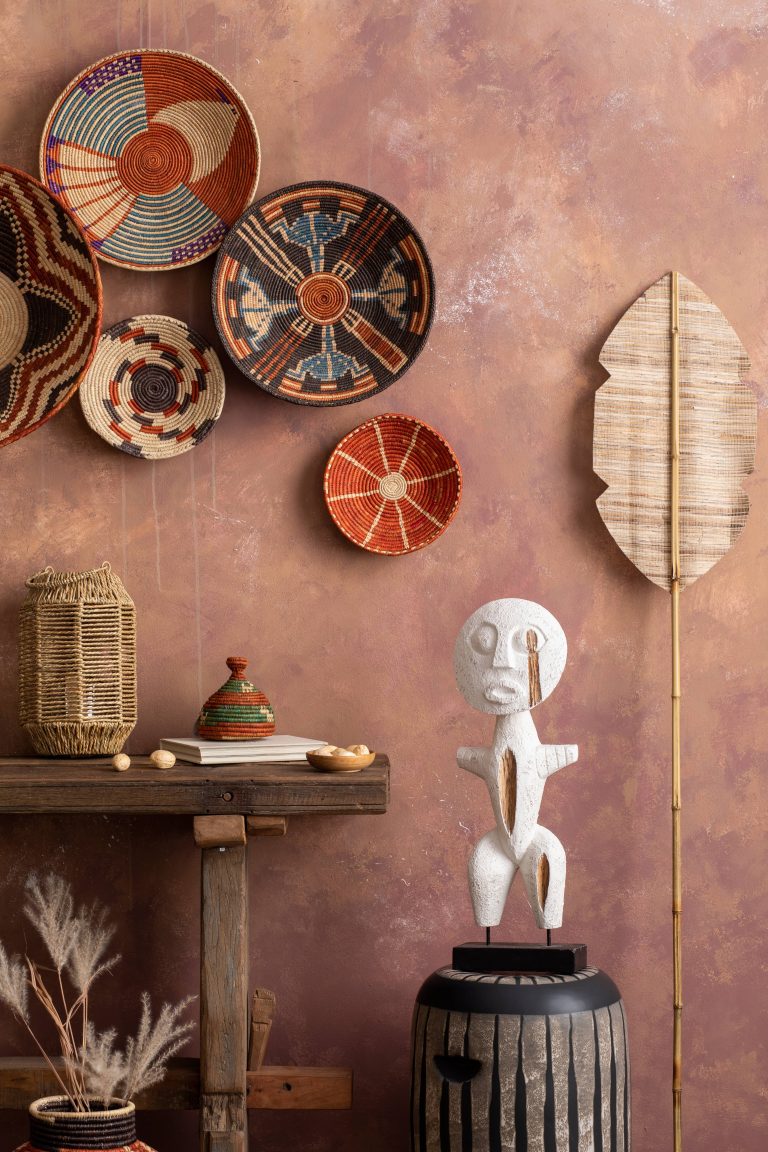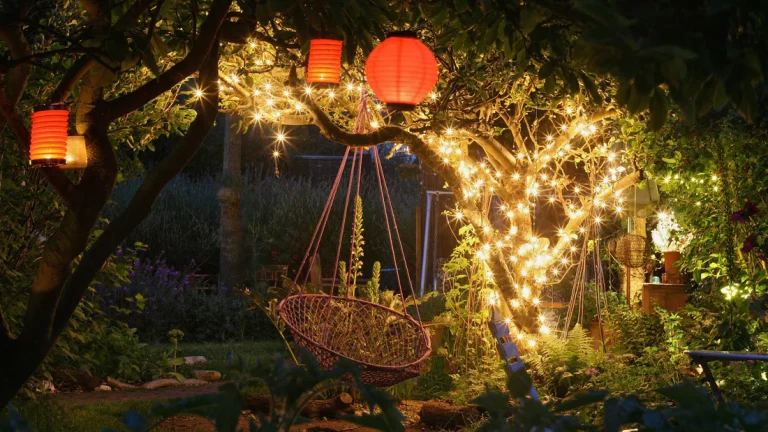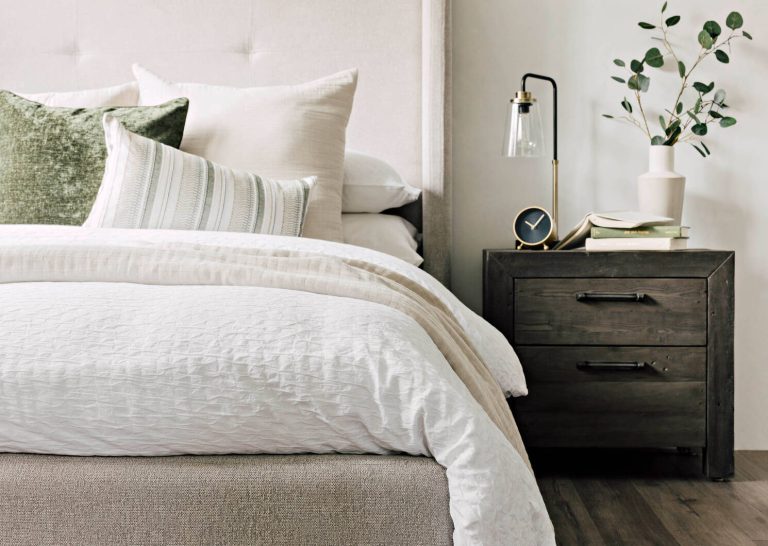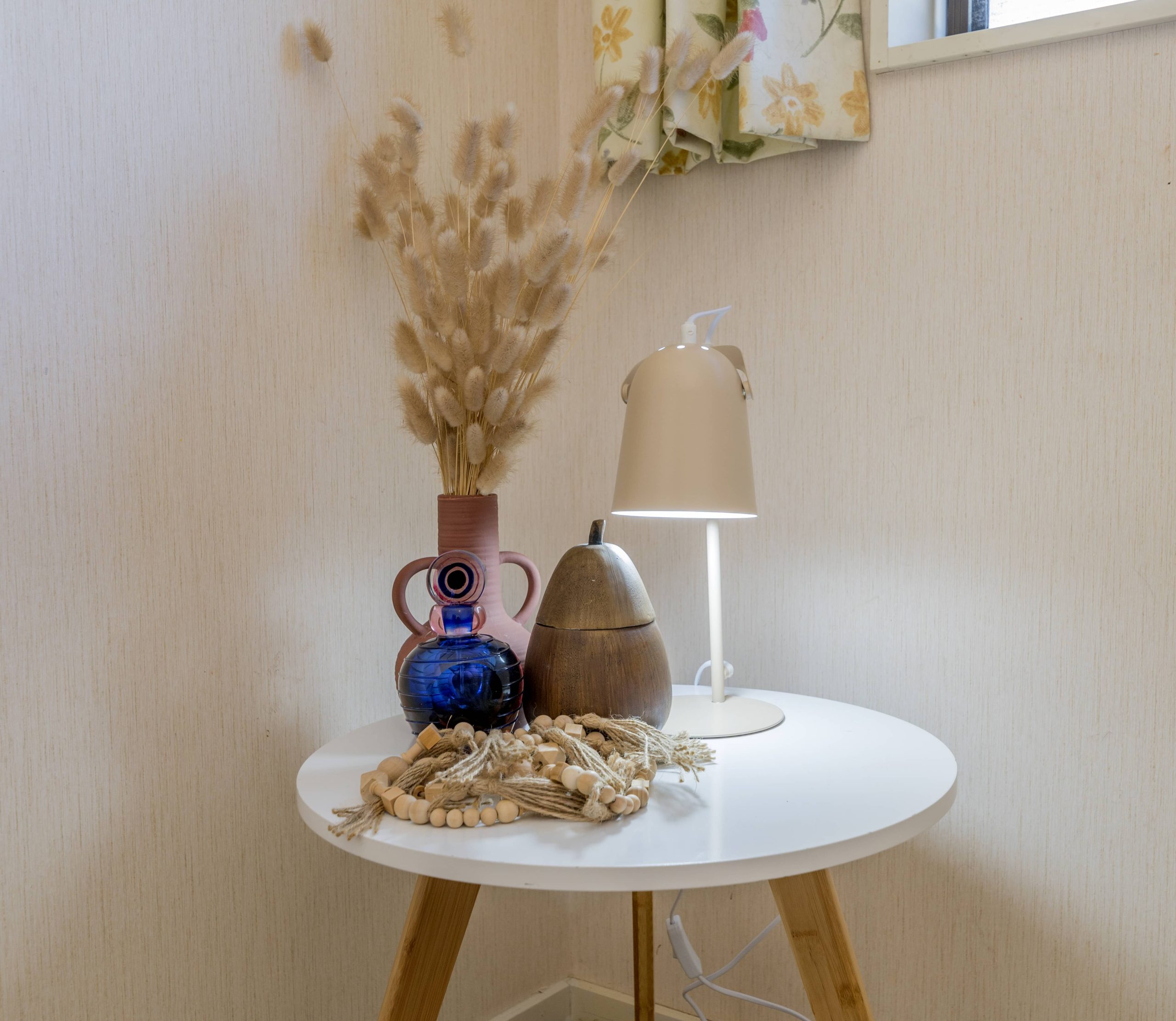
Creating a space that feels harmonious and inviting is a dream for many homeowners. The key to making this happen is balance. It is an essential principle of interior design that, when applied correctly, can transform a chaotic space into a serene sanctuary. Whether you’re sprucing up a small apartment or redesigning a large family home, achieving balance in your decor is pivotal in creating a space that’s not only beautiful but also functional and comfortable. Here’s how you can achieve that delicate balance in your home decor.
Understanding Balance in Interior Design
Before diving into the practical steps, it’s essential to understand what balance means in the context of interior design. Balance refers to the distribution of visual weight within a space. It is about creating a sense of equilibrium that makes a space feel stable and aesthetically pleasing. There are three main types of balance in interior design: symmetrical, asymmetrical, and radial.
1. Symmetrical Balance: This is when elements are arranged equally on either side of a central axis. It’s formal and traditional and often found in classic interiors. Symmetrical balance is excellent for rooms that demand a sense of order and formality.
2. Asymmetrical Balance: This involves different objects that have equal visual weight placed across from each other. Asymmetrical balance is more informal and dynamic, offering more freedom and creativity in design.
3. Radial Balance: Less common in home interiors, radial balance is when elements radiate from a central point. This can be effective in spaces with a round dining table or a spiral staircase.
Starting with a Plan
Balance starts with a plan. Begin by analyzing your space and understanding its strengths and weaknesses. Consider the architectural features, the flow of natural light, and the function of each room. A well-thought-out plan allows you to intentionally place furniture, decor, and other elements in a way that promotes balance.
For instance, if your living room has a large window along one wall, consider placing a similar-sized piece of furniture or art on the opposite wall to balance the visual weight. Always consider the size and proportion of each piece in relation to one another and to the overall space.
Playing with Colors and Patterns
Color is a powerful tool in achieving balance. Lighter colors can make a space feel larger, while darker shades add warmth and coziness. To achieve balance, use complementary colors – those opposite each other on the color wheel – to create a dynamic yet harmonious look.
Patterns can also add depth and interest to a room. However, be mindful not to go overboard. Balance patterns by incorporating solids or subtle textures. For example, if you have a patterned area rug, complement it with solid-colored furniture. If you’re combining different patterns, ensure they share at least one color in common to maintain cohesion.
Layering Textures
Introducing varied textures is another way to balance your home decor. Texture adds depth and interest without overwhelming the senses. A room combining sleek metal fixtures, woven fabrics, plush throws, and natural wood elements will feel complete and harmonious.
When considering texture, also think about the materials you’re using. Balancing natural materials like wood with modern materials like glass or metal can create a pleasing contrast. For instance, a wooden coffee table can be paired with metal or glass decor pieces to create a stylish and balanced aesthetic.
Furniture Arrangement
Furniture is a significant component of balance. How you arrange your furniture can drastically affect the perceived balance within a space. Use the following tips to ensure furniture is contributing to balance:
– Focal Point: Identify a focal point in each room. This could be a fireplace, a large window, or a piece of art. Arrange furniture around this focal point to ground the room.
– Proportionality: Choose furniture that suits the size of the room, ensuring that each piece complements the others. A massive sectional in a small room can overpower the space, while too-tiny furniture in a large room will feel lost.
– Spacing: Leave enough space between pieces for comfortable movement. An overcrowded room looks and feels cramped, disturbing the balance.
Incorporating Accessories
Accessories are the final touch in achieving balance in interior design. They offer a chance to experiment with color, texture, and form, adding personal flair to your decor. However, it’s crucial to avoid over-accessorizing, as too many small items can create visual clutter.
When accessorizing, consider symmetry and repetition. For example, place matching lamps on either side of a bed or sofa to create simple symmetry. Group objects in odd numbers (threes, fives, etc.) for a more natural and balanced display. Vary the height and size of your accessories to add interest while maintaining balance.
Balancing Light and Shadow
Lighting is a powerful yet frequently overlooked element. Proper lighting can balance a room’s atmosphere and highlight key features. Aim for a combination of ambient, task, and accent lighting to achieve a balanced look. Natural light should also not be underestimated; it can open up a space and create a warm and welcoming environment.
Pay attention to how shadows play in your room, as they add dimension and drama. Use floor and table lamps to cast interesting shadows and highlight specific areas of your room, bringing depth to your decor.
Conclusion
Achieving balance in your home decor is a dynamic process that requires careful attention to detail and an understanding of various design principles. It’s about creating harmony and using elements like color, texture, and lighting effectively. By considering balance, you can transform your home into a beautiful and inviting space that reflects your style and meets your needs.
Remember, achieving balance doesn’t mean your space must look uniform or symmetrical. It’s about creating an environment where everything comes together to form a cohesive and visually delightful whole. So, take the time to experiment with different elements and arrangements until you find the perfect balance for your home. With patience and creativity, you’ll design a space that’s both balanced and uniquely yours.


